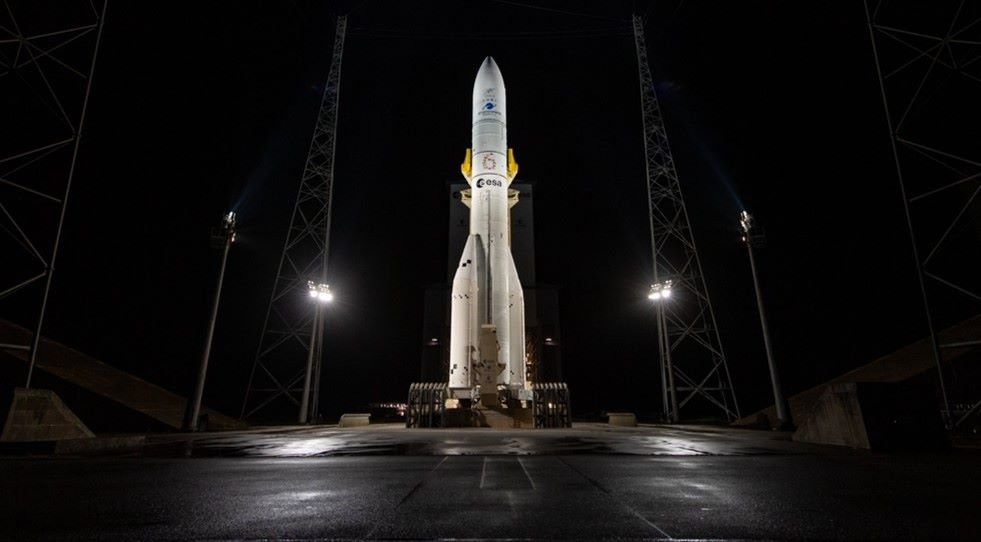Ariane 6 Completes Successful Flight, Strengthens Europe’s Space Capabilities
Europe took a significant step toward regaining independent access to space as its Ariane 6 rocket successfully completed its first operational mission. The launch, which took place from the Guiana Space Center, carried a high-resolution reconnaissance satellite for the French military. This marks a crucial milestone for the European space sector, as the Ariane 6 replaces the retired Ariane 5 and aims to reduce reliance on external launch providers such as SpaceX.
🚀On March 6 #Arianespace successfully launched with #Ariane6 the CSO-3 satellite for @DGA & @CNES on behalf of @Armee_de_lair @Armees_Gouv.
Arianespace guarantees independent access to space for France and Europe, meeting a strategic priority.
Release: https://t.co/7h3xgPKva9 pic.twitter.com/OU6EsdPxZ5
— Arianespace (@Arianespace) March 6, 2025
A Decisive Launch for European Space Autonomy
The Ariane 6 rocket, standing 184 feet (56 meters) tall, lifted off from Kourou, French Guiana, at 11:24 a.m. EST (16:24 UTC). The mission saw the rocket propelled by twin solid-fueled boosters and a hydrogen-fueled core stage engine, guiding it on a northern trajectory over the Atlantic Ocean.
Following a sequence of precisely timed maneuvers, the rocket jettisoned its solid boosters within two minutes of launch and later discarded its core stage nearly eight minutes after liftoff. The upper stage then ignited its Vinci engine twice to place the payload into a stable orbit approximately 500 miles (800 kilometers) above Earth. After an hour in flight, the rocket successfully deployed the CSO-3 satellite, which will serve as an optical surveillance tool for French intelligence and defense operations.
The achievement was hailed by David Cavaillolès, CEO of Arianespace, who emphasized that the successful launch reestablishes Europe’s independent access to space. He underscored the importance of Ariane 6 in maintaining European competitiveness in an increasingly crowded space sector.
Addressing Past Challenges: A New Era for Ariane 6
This mission follows the first test flight of Ariane 6 in July, which, despite achieving orbit, faced issues with its Auxiliary Propulsion Unit (APU). The unit, designed to perform precision maneuvers and assist with propellant control, failed before its final engine burn, preventing a controlled reentry. However, for this latest launch, the APU operated as expected, ensuring a smooth deployment of the satellite.
Ariane 6 has faced significant delays and cost overruns, leading to scrutiny over whether it can compete with private sector counterparts such as SpaceX’s Falcon 9. However, European officials argue that the rocket serves a more strategic purpose beyond commercial viability—it ensures that Europe retains sovereign access to space at a time when geopolitical uncertainties are reshaping global alliances.
European Space Strategy Amid Geopolitical Shifts
The successful launch comes at a critical moment for Europe. Philippe Baptiste, France’s Minister for Research and Higher Education, emphasized that Ariane 6 is a demonstration of European space sovereignty. He highlighted growing concerns over the reliability of international partnerships, particularly in light of shifting US policies under the Trump administration.
Baptiste pointed to the uncertainty surrounding the future of key collaborations with NASA and the National Oceanic and Atmospheric Administration (NOAA). He warned that Europe cannot afford to remain dependent on external partners for access to orbit, particularly as space becomes an increasingly contested domain.
French President Emmanuel Macron also weighed in on the matter, stating that European security cannot be dictated by decisions made in Washington or Moscow. His remarks come at a time when the US is reassessing its commitments to NATO, leaving European leaders to explore alternative strategies for defense and security.
Can Ariane 6 Compete With SpaceX?
Despite the successful launch, questions remain about the financial sustainability of Ariane 6. The European Space Agency (ESA) has invested over $4 billion in the rocket’s development, positioning it as a more cost-effective successor to Ariane 5. However, the price of an Ariane 6 launch is estimated to be between 80 to 100 million euros—still significantly higher than SpaceX’s Falcon 9, which offers a dedicated launch for nearly 50% less.
European officials acknowledge that commercial competitiveness is not the primary objective of Ariane 6. Instead, the focus is on maintaining independent access to space and securing vital satellite launches for government and military purposes.
European Space Market and the Rise of Competitors
Europe’s space ambitions extend beyond the Ariane 6. The continent is witnessing the emergence of private space startups, such as Isar Aerospace, which is preparing to launch its Spectrum rocket. These companies are expected to provide more cost-effective solutions for smaller payloads, but they are still years away from offering alternatives to heavy-lift rockets like Ariane 6.
Until these alternatives become viable, European governments will have to bear the higher costs associated with Ariane 6 to ensure uninterrupted access to space.
What’s Next for Ariane 6?
With two flights now under its belt, Ariane 6 has demonstrated that it is capable of delivering payloads reliably. However, its long-term success will depend on whether it can streamline operations, reduce costs, and maintain a steady launch cadence.
The next major test will be how well the rocket can accommodate commercial satellite operators. While ESA has committed to using Ariane 6 for European missions, the challenge will be convincing private clients to choose it over cheaper alternatives like SpaceX.
For now, the successful deployment of the CSO-3 satellite represents a much-needed win for Europe’s space ambitions. As global space competition intensifies, Ariane 6 will play a crucial role in ensuring that Europe remains a significant player in the race to orbit.
Also see:
Trump Announces “Reciprocal Tariff” Plan, Targets India and Other Nations
Tesla Signs Mumbai Showroom Lease, Marks Entry into Indian Market
EU Unveils €800 Billion Plan to Strengthen Defence
—————————————————————
It would mean the world to us if you follow us on Twitter, Instagram and Facebook




